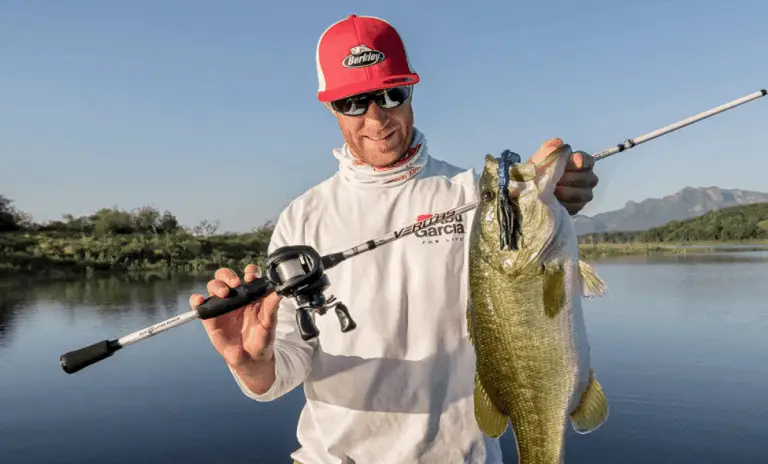Baitcaster Brake Vs Spool Tension
Baitcasting reels might seem like unnecessarily complex machines, but they are simple once you learn their functions. Using a baitcasting reel allows you to carry your cast to further distances than before, and they give you precise control over your fishing.
Getting your head around a baitcaster brake and a spool tension knob is all you need to get your bearings. Once you understand their functions, this “complex” machinery will be a breeze.
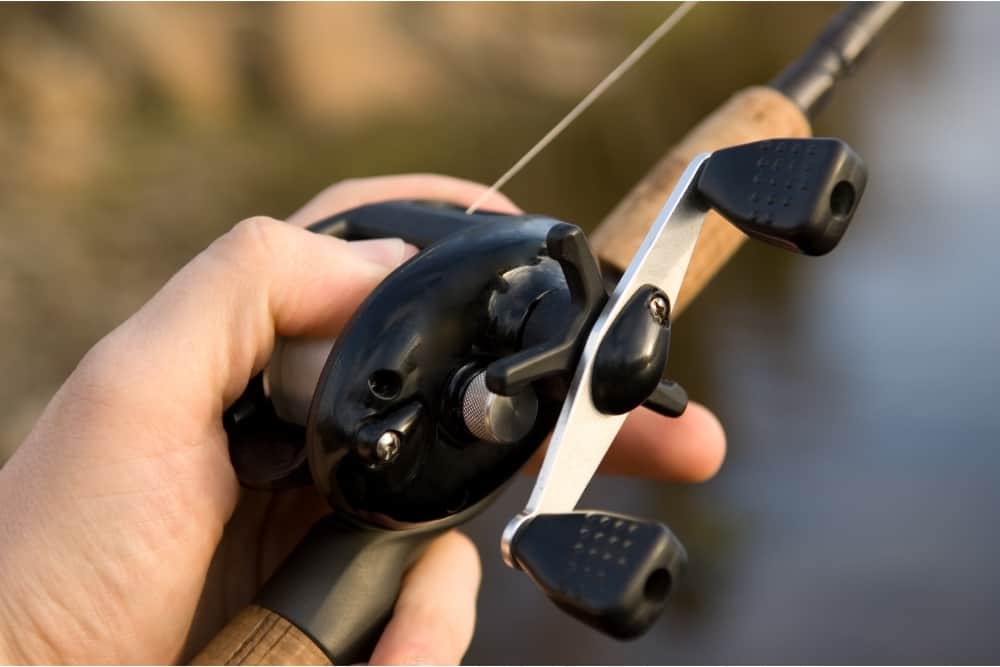
Table of Contents
What Makes Baitcasters Different?
Baitcasters are the top choice of reel for stream, pond, and lake fishing, especially if you like to catch bass. The connection to the line and the increased casting accuracy is what makes this reel the prized choice for anglers.
Because baitcasters are so advanced, you need to understand their different components to recognize what you need to be focusing on.
Most people think that there are only two areas of a bait caster that you need to be aware of, and those are the brakes and the spool tension, but there is a third element that needs discussion too; the drag.
If you find yourself falling short of your target, or creating the dreaded “bird’s nest” of tangled lines, then you probably need to check these three areas and adjust your performance.
The Drag
You can find the drag near the handle of the reel. It is used to regulate and set the tension of your line. The more you tighten the drag, the harder your prey will have to fight to unhook itself from your line.
If you need to get the fish out of its heavy cover, then you will want to lower the drag so your prey can have more room.
If you need the fish to stop wriggling, then tightening the drag will limit its movement.
The Brakes
The brakes in a baitcasting reel are designed to help you regulate the spool’s rotation when you cast. If you add more brakes to your reel, there will be more resistance on the spool, stopping it from reaching further distances.
You might wonder why someone would want a shorter cast, but the reason for using the brakes is not to do with its length. Instead, the advantage of multiple brakes means you won’t create the “bird’s nest” mess of a tangled line.
Most people don’t use all the brakes available and instead test out the level of brake-age needed to help them create a smooth and deliberate cast.
If you are new to baitcasting or fishing in general, you should use more brakes than someone with experience. Once you become a stronger caster, you can loosen or lower the brakes to give yourself more distance and more control.
The Spool Tension
The spool knobs also help you restrict your line, however, their ability is more precise and can help you fine-tune your casts. The brakes are a direct and dramatic control over your line, but the spool tension enables you to prepare for the change in bait weight and the ever-changing weather.
You should use the spool tension to help you with your day-to-day fishing plans, but the brakes should be used as a constant restriction.
Baitcaster Brake Vs. Spool Tension
Although these types of restrictions are very similar, you shouldn’t be asking which tool is better. You will need both your baitcaster brake and your spool tension to fully control your bait caster.
Your brake will have the most effect on the distance and weight of your cast; however, the spool tension will help you create direct and quick adjustments to help you in the moment.
How Do You Adjust The Tension On A Baitcaster?
The tension knob is a small dial on the side plate next to your handle and your drag. Adjusting this tension to suit your fishing environment will help you create a smooth and controlled cast.
The first thing you want to do is hold your rod at a 2 o’clock angle. Then you want to reel your lure until you have around 8 – 12 inches of the line taken out.
This is when we are going to start tightening the knob. With each rotation of the spool tension, you will feel added pressure. Turn the knob all the way. Once you’ve done that, you should push the thumb bar and let the lure line go.
The lure should be either dropping super slowly or not at all.
Slowly release the pressure on the line by re-rotating the knob, keep untightening until the lure starts to fall on its own.
Reel the line up again, and then let the lure fall. At this same 2 o’clock angle, it should reach the ground after 2 or 3 seconds.
Keep tightening or loosening your spool tension until you reach this desired timeline.
When you need to change your bait, you should repeat this method to keep the tension correct.
What Does The Tension Knob Do On A Baitcaster?
The tension knob is another name for the spool tension. As we have discussed earlier, a spool tension is a small dial on the side of your rod’s plate. It is the pre-castings settings created by you to perform a smooth casting line.
The knob is used to provide the correct tension needed on the spool to prevent it from spinning.
What Is The Advantage Of A Baitcaster?
Baitcasters are often used in fishing competitions, specifically ones for bass due to their ability to slowly fall into the water. This is a stealth trick that will stop the line from spooking the fish.
They also allow you to maintain contact with the lure even when you let the reel go into “free spool” mode. This way, you can detect strikes as you let the line out.

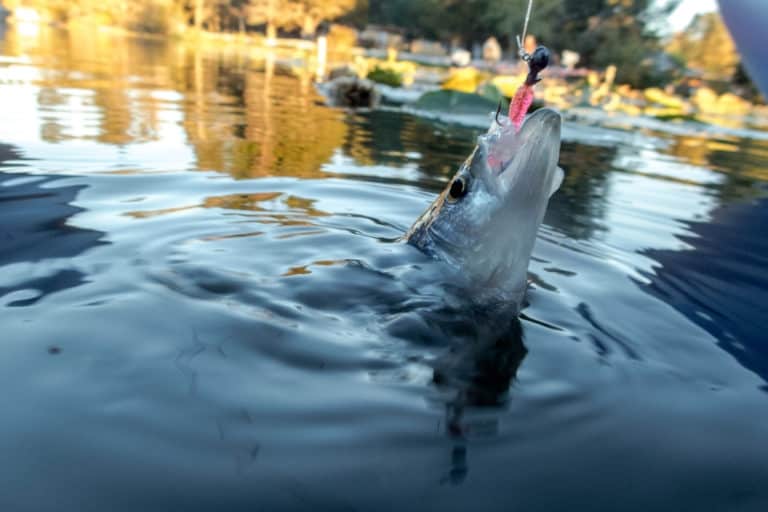
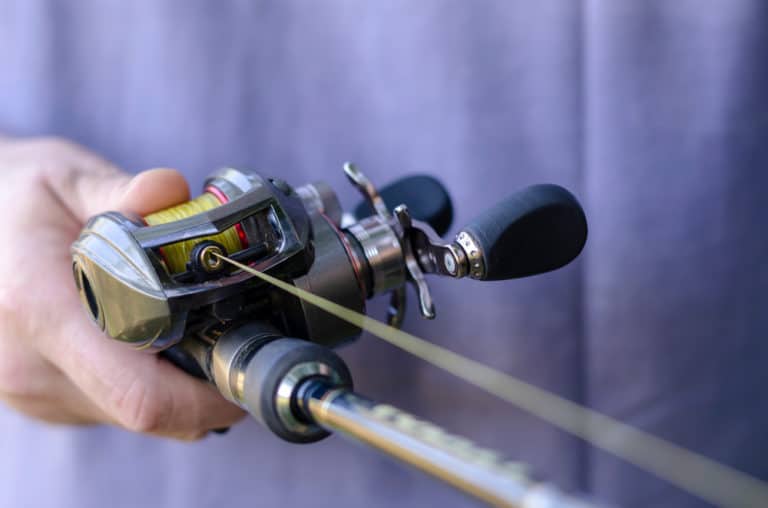
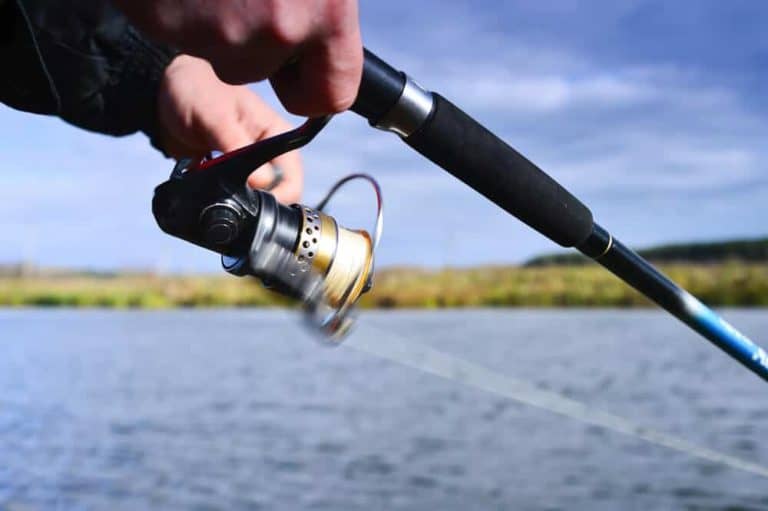
![Best Fishing Kayak Under 300 [Top 8 Sit On Top Kayaks]](https://watersportingadventure.com/wp-content/uploads/2020/02/Kayak-fisherman-tif-e1610121026375-768x446.jpg)

